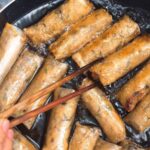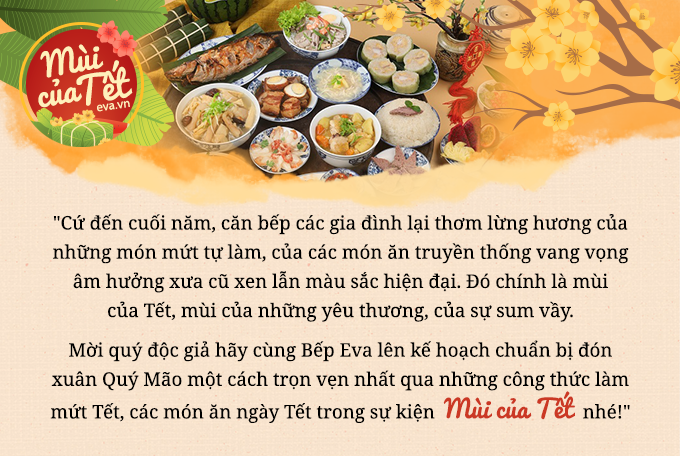
The tradition of arranging a tray of five types of fruits during the Lunar New Year is a significant ritual for Vietnamese families. The tray is an offering to their ancestors, expressing their respect and gratitude. While the name suggests five types of fruits, it is common for families to include more varieties as long as the total number of fruits is odd.
To ensure the tray of fruits stays fresh and visually appealing throughout the festive period, bringing good fortune and prosperity, here are some tips to consider:
1. Selecting the right fruits for the tray
As the Lunar New Year approaches, various vendors sell fruits specifically for this purpose, from street vendors to markets and fruit shops. It is essential to carefully choose fruits that will remain fresh for at least a week. Consider both the appearance and quality to ensure they meet the required criteria.
Selecting pomelos
When choosing pomelos for the tray, look for firm, glossy fruits with well-developed spines. The heavier the fruit feels, the juicier it is likely to be. The best pomelos have fresh green leaves and stems attached. Ideally, buy pomelos that have just been picked.
To test the freshness of a pomelo, gently touch the stem; it should feel firm and not wobble. Some sellers use glue to attach the stem, so check the point of contact for any signs of adhesive. If you notice glue or smell its odor, avoid buying those pomelos.
Avoid pomelos with bee stings or bruises, as they tend to rot quickly. Bee-stung pomelos may also have a bitter taste.
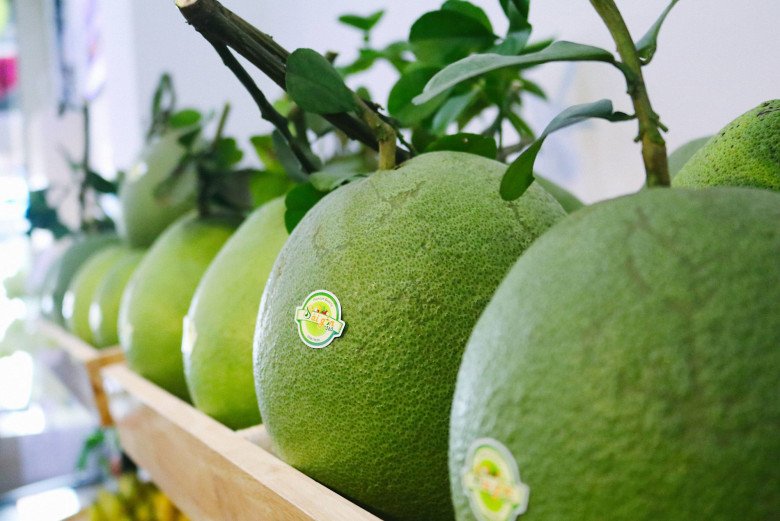
Selecting bananas
Bananas are a staple in the fruit trays of Northern Vietnam. To choose bananas that will stay fresh for longer, select firm, green bunches with evenly sized, curved fruits. These bananas will act as a base for other fruits placed on top.
Avoid bananas that are about to ripen or turn yellow. The heat from the incense can cause these bananas to ripen and drop prematurely, ruining the entire tray. It is also considered auspicious to choose banana bunches with an odd number of fruits.
T.S. Nguyen Ngoan, a feng shui expert, explains that even numbers are associated with the yin energy, which is not considered favorable. Since bananas are considered yin, choosing an odd number of bananas is believed to bring positive yang energy.
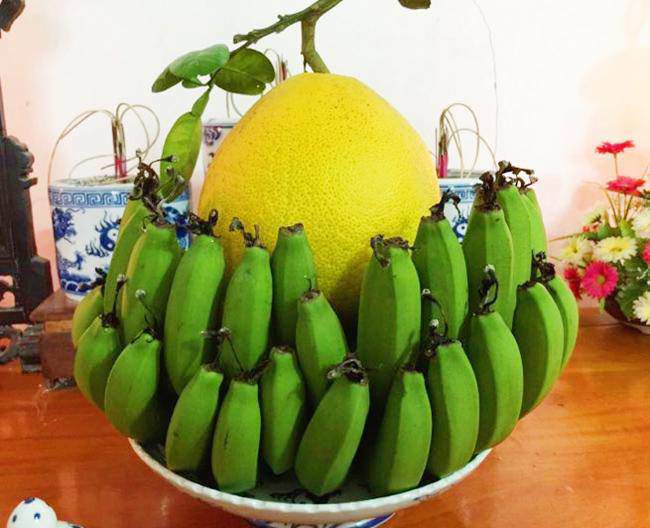
Selecting oranges
When buying oranges, look for those with intact stems and glossy skins. The best oranges have thick, raised skin around the stem, and the navel should be indented. Oranges that feel light for their size tend to be dry and lack juice.
Avoid oranges with bright yellow skins, as they don’t last long and can be sour. Oranges with detached stems or bee stings are also best avoided, as they are likely to rot or may already be rotten inside.
Opt for oranges with a golden yellow color, or at least one-third of the fruit should have this shade. The skin should be thin and glossy, with faint spots. Alternatively, you can choose green oranges, which will gradually turn yellow as they are exposed to the heat of the incense.
Selecting apples
– Color: Naturally ripened apples have a yellow-red hue, and the color is usually uneven. Look for stripes on the apple’s skin, indicating sweetness, crispness, and thin skin.
– Stems: Choose apples with light green stems, as these are freshly picked. Over time, the color of the stem will gradually change from light green to dark green or brown. If there is liquid oozing from the stem, the apple is spoiled.
– Navel: A deeper navel indicates a sweeter apple, while a shallow navel suggests the opposite.
– Weight: When buying apples of the same variety, choose the heavier ones, as they are likely to be juicier and sweeter. These apples are also firmer and fresher.
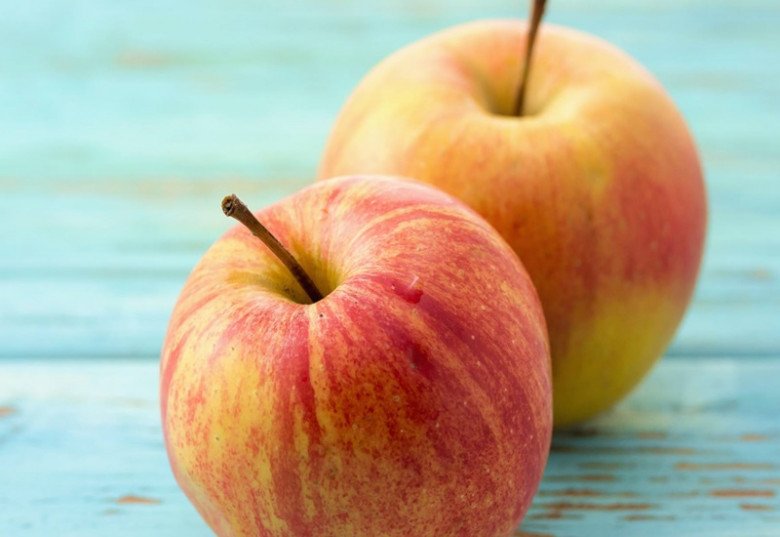
Selecting pears
When buying pears, look for those with taut, glossy skins. Heavier pears are generally juicier and sweeter. Avoid pears with scratches, bruises, or dark spots. Choose pears with fresh green stems; if the stem is black or moldy, it means the pear is past its prime.
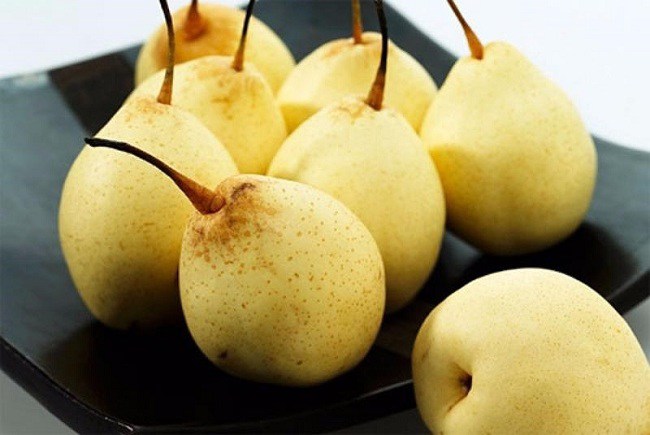
Selecting papayas
For the tray, choose ripe papayas with slightly yellow skin, heavy for their size, and fresh stems. These papayas will ripen gradually, creating a beautiful display.
Avoid very ripe, bright yellow papayas, as they may look attractive initially but will spoil within a couple of days.
Selecting grapes
Look for large clusters of grapes with plump, juicy fruits. The stems should be fresh and firmly attached to the fruit, ensuring they stay fresh for longer.
Selecting dragon fruit
Choose dragon fruits with thin, dark red skins and a fresh, bright appearance. The tips of the skin should still have a hint of green. Dragon fruits with glossy, rounded skins tend to be sweeter.
Avoid fruits with wrinkled or dark spots, as they are more prone to mold and rot.
Selecting mangoes
Look for mangoes with glossy, bright yellow skins. The firmer the mango, the longer it will last. Choose mangoes with plump cheeks, as they tend to be sweeter.
Avoid mangoes with black scars or dark spots, shriveled skin, or a soft texture.
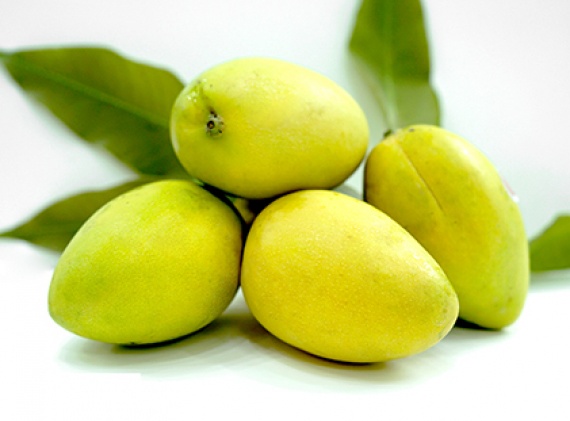
Selecting jackfruits
If you plan to include jackfruit in your tray, choose fruits with golden yellow skins and soft spines, with wider gaps between them.
Selecting custard apples
Look for custard apples with beautiful yellow skins that are still firm to the touch. Depending on your preference, you can choose either round or elongated shapes.
Selecting figs
Figs tend to bruise and turn black quickly after picking, so choose freshly picked clusters with intact skins. Avoid figs with scratched skins, as the sap can leak out and cause further bruising.
Selecting watermelons
– Skin: Choose watermelons with taut, glossy skins. The dark green stripes should be well-defined and evenly spaced. When you gently press the skin with your thumb, it should feel firm, indicating a ripe watermelon.
– Stem: Select watermelons with fresh, green stems, as they will last longer. A slightly curled stem is a sign of a sweet watermelon.
– Navel: Check the size of the navel (smaller is better) and whether it is indented. A deeper indentation indicates a sweeter watermelon, but be careful with round watermelons, as a deep indentation may mean it is overripe and spongy.
– Underside: The underside of a ripe watermelon should be dark yellow with white streaks, indicating sweetness. If it is green or slightly yellow, the watermelon is unripe.
– Sound: A ripe watermelon will make a crisp, hollow sound when tapped.
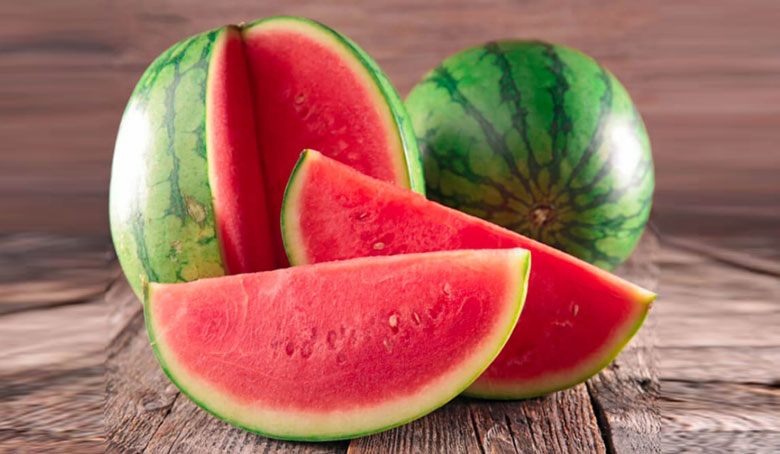
Selecting pomegranates
Choose large pomegranates with thin skins. The seeds should be visible from the outside, and the color should be a vibrant red or a mix of red and white.
Selecting coconuts
Choose coconuts that look fresh, and consider leaving some of the husk attached for a more attractive presentation.
Avoid coconuts with indentations or dark spots, as these may have fallen and been damaged during harvesting.
2. Taboos to avoid when arranging the fruit tray to prevent financial loss
While the specific fruits chosen for the tray may vary across the three regions of Vietnam, there are some common taboos to be aware of when creating your display to ensure good fortune and avoid financial loss:
Using artificial fruits
During the Lunar New Year, both real and artificial fruits are available for purchase. While it is the thought that counts, it is considered disrespectful to use artificial fruits for ancestral worship. According to Vietnamese spiritual beliefs, using artificial fruits on the ancestral altar during this period shows a lack of respect for the deities and ancestors and can negatively impact the family’s feng shui.
Instead, select fresh fruits with auspicious meanings and a variety of colors to create a vibrant and respectful tray.
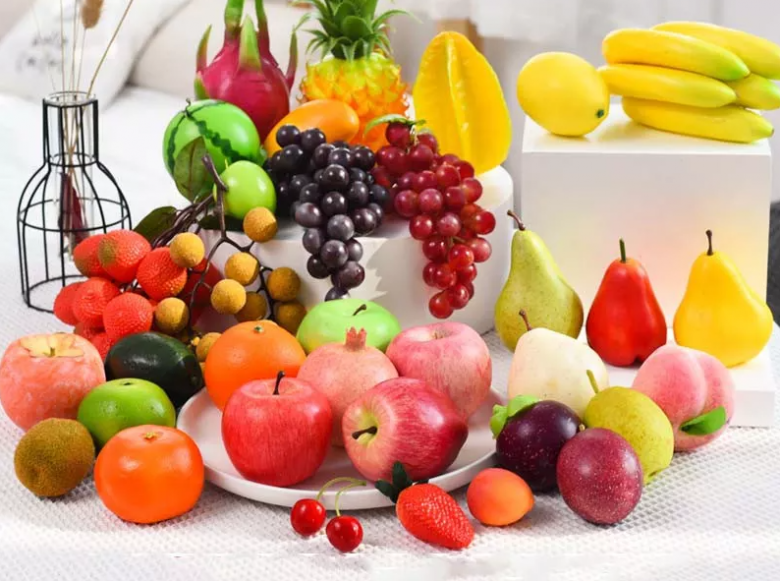
Offering overly ripe fruits
The fruit tray is typically displayed for a week, so offering ripe fruits is not advisable, as they will quickly spoil. For example, bananas, which are often placed at the bottom to support other fruits, may drop prematurely due to the heat of the incense, causing the entire tray to collapse, which is considered inauspicious.
It is best to choose unripe fruits that will gradually ripen under the heat of the incense. After a few days, they will develop a golden hue, enhancing the visual appeal of the tray.
Washing the fruits
Many people wash fruits before placing them on the altar to ensure they are clean. However, this can cause the fruits to become wet, with water collecting in crevices, leading to faster spoilage. Additionally, the washing process may cause the stems or knobs of the fruits to fall off.
Instead, use a soft cloth to gently wipe away any dirt or dust from the fruits. For pomelos with discolored skins, mix a small amount of lime powder with water, soak a cloth in the solution, and gently wipe the pomelos clean.
Including additional items on the fruit tray
Some people like to add cookies, candies, beer, or cigarettes to the fruit tray for a more abundant and attractive display. However, according to traditional beliefs, this is considered disrespectful to the ancestors and deities. It is more appropriate to place these items separately, alongside the fruit tray.
Using fruits with sharp spines or strong odors
While the fruit tray represents the family’s sincerity, it is important to avoid fruits with sharp spines, such as jackfruit, durian, or pineapple. These fruits are considered inappropriate for the ancestral altar due to their sharp spines and strong odors.
Instead, select fruits with pleasant, mild aromas to create a respectful and fragrant offering.
|
The symbolism of each fruit in the tray: – Green bananas: The odd number of bananas symbolizes prosperity and fertility. The curved shape of the bananas represents protective hands, signifying unity and abundance. – Pomelos: Their round, plump shape represents health and prosperity. – Oranges, tangerines, and kumquats: The bright yellow-orange color of these fruits symbolizes power and success. – Apples: The red color of apples signifies good luck and wealth. – Papayas: The name itself conveys a wish for abundance and fullness. – Buddha’s hand citrons: The finger-like segments resemble Buddha’s hand, offering blessings and protection. – Watermelons: The round shape represents energy and vitality, and the red color symbolizes good luck and fertility. – Mangoes: The word for “mango” sounds similar to “spending freely,” indicating a wish for financial freedom. – Dragon fruit: The dragon and phoenix imagery symbolizes prosperity and good fortune. – Pomegranates: The many seeds represent abundance and wealth. – Pears: Their sweet, mild flavor represents smooth and prosperous endeavors. – Figs: Symbolize abundance and a large family. – Peaches: Bring health and wealth. – Custard apples: Blessings from heaven, leading to success and prosperity. – Pineapples: The word for “pineapple” sounds similar to “prosperity,” indicating a wish for a prosperous home. – Jackfruit: The word for “jackfruit” sounds similar to “luck,” bringing good fortune. – Durian |

























